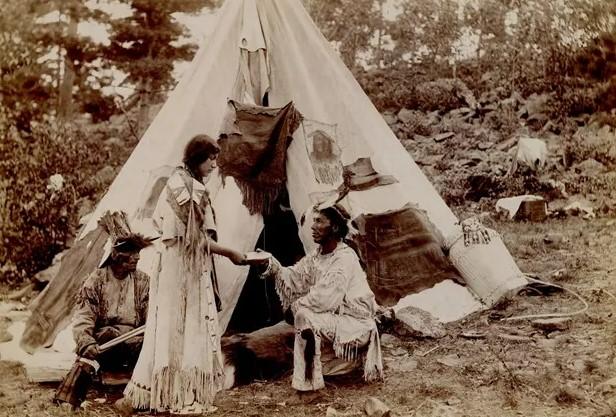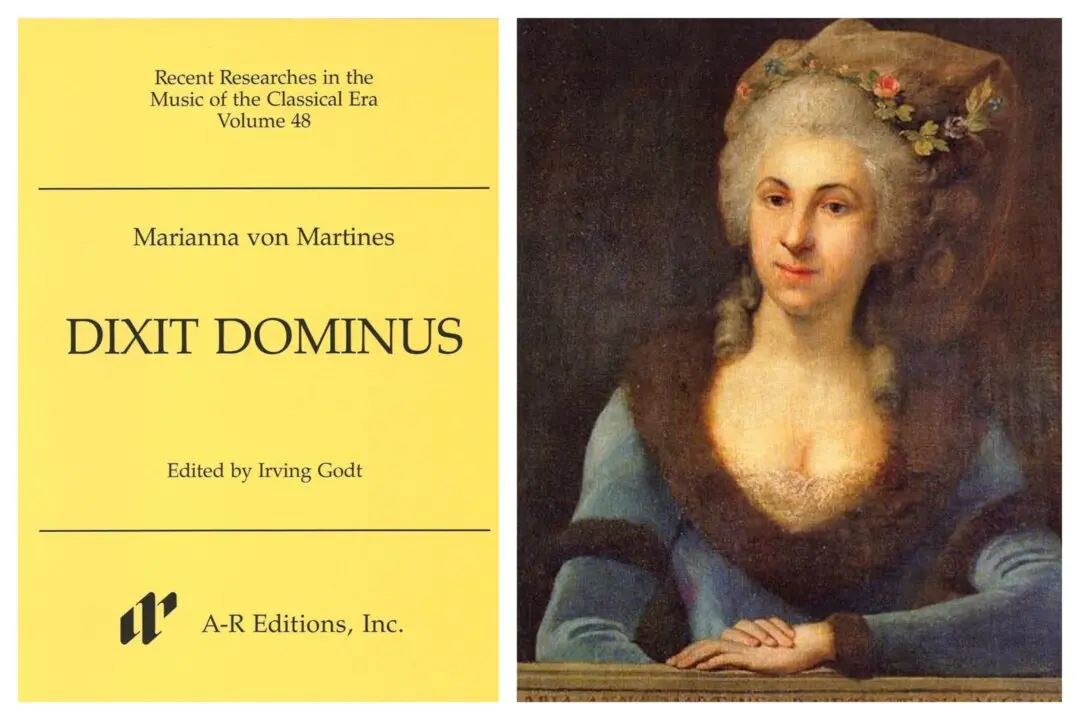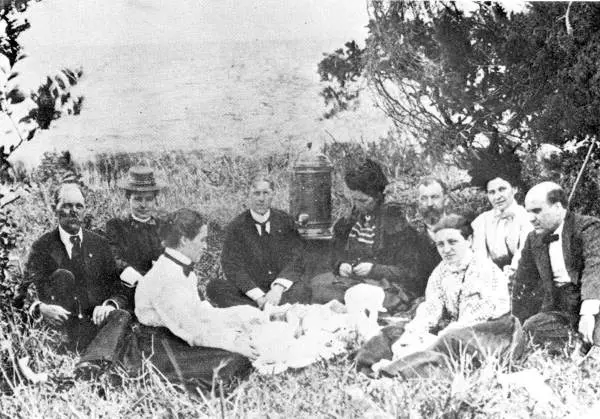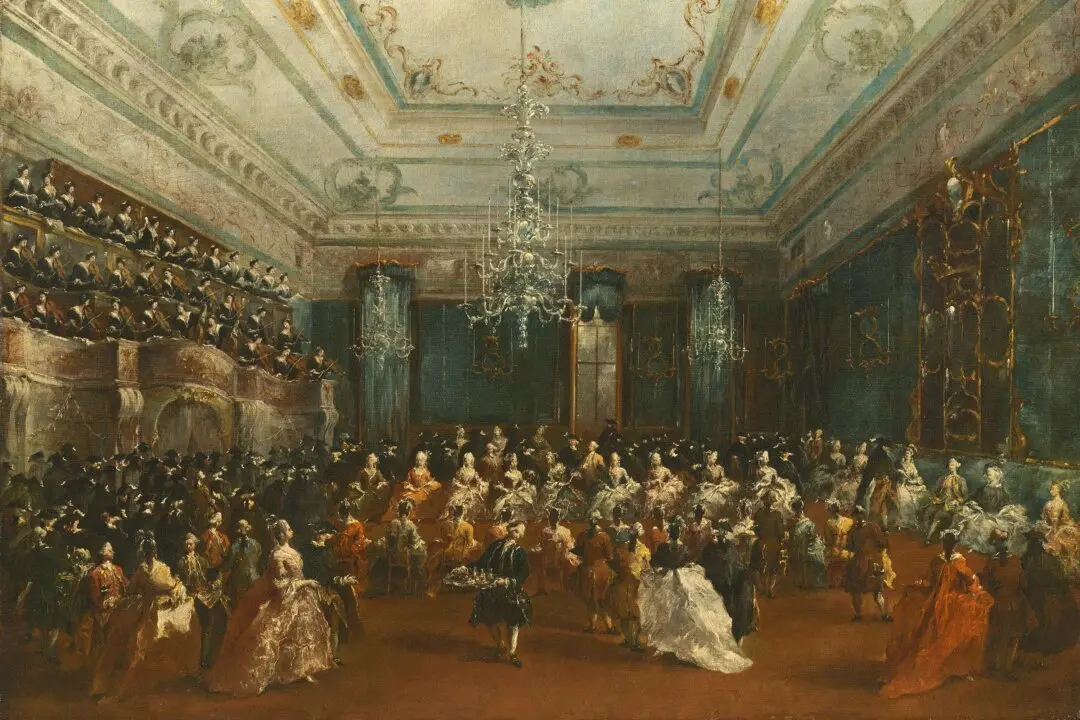One indication of a poet’s importance is how often his or her poems are set to music. Hundreds of composers, from Verdi, Tchaikovsky, and Sibelius to lesser names, have transposed Shakespeare’s plays into operas, ballets, overtures, and every other existing musical form. Throw in compositions that have been directly inspired by the Bard, such as “Kiss Me, Kate” and “West Side Story,” and one can plausibly conclude that Shakespeare, the greatest writer in English, is also the most lyricized writer of all time. This is not surprising, as his plays are themselves full of songs and his blank verse has a highly musical quality.
A little over a century ago, a choral adaptation of a literary work became the most popular composition of the era. While its composer has been largely forgotten today, he deserves to be better known.





